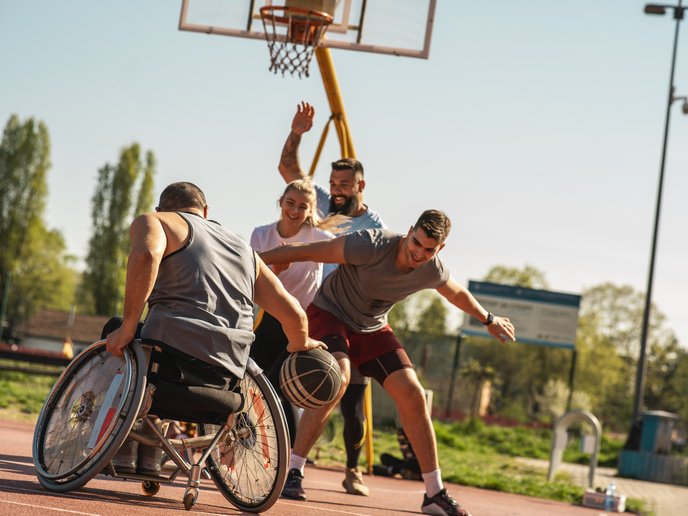Why can’t we fix a severed spine?
“The spinal cord is considered the body highway, where all information travels back and forth,” says Marques, a professor at the Department of Mechanical Engineering of the University of Aveiro in Portugal. But it is much more than simple electrical wiring. “It is an amazing natural machine of extreme complexity.” This makes traumatic spinal cord injuries unpredictable in nature. “Injury can trigger dissimilar cascades of critical pathological events, depending on the type and location of the injury as well as its severity,” Marques explains. “There are standard clinical procedures applicable to patients, but the end result is arbitrary,” she adds. The spine is composed of three primary segments: the cervical (upper) spine, the thoracic (central) spine and the lumbar (lower) spine. Injuries in proximity to the cervical region have a more significant impact, says Marques, though she thinks the difficulty of repairing spinal injuries is primarily determined by the nature of the trauma, rather than the specific segment of the spine that is affected. In the EU-funded NeuroStimSpinal project, Marques and her team developed a new method for repairing spinal cord tissue, using an extracellular matrix, nanotechnology involving graphene-based materials, and electrical stimulation. “This effort, serving as a demonstration of a concept, emphasised the paramount significance of replicating the innate biochemical and physical conditions to facilitate the re-establishment of neural connections,” Marques says. In the future, her team aims to investigate combining these structures with neural stem cells and growing them in bioreactors specially designed to engineer neural tissue. “This tailored approach may guarantee the generation of in vitro tissue that specifically targets specific lesions in patients,” notes Marques. The researchers recently submitted a proposal to explore this vision further through European funding. The goal is that, after reaching maturity, these tissues can be transplanted into areas of injury – effectively replacing scar tissue. Nowadays, scientific advances are enabling enhanced access to deep-seated spinal cord tissues through specialised procedures and equipment. Tissue engineering and regenerative approaches are also fast advancing. And the evolution of robotics-assisted surgeries also promises significant advantages in interacting precisely with delicate spinal cord tissues. “Initiatives that bring together different key players in this field will, for sure, contribute to treating this complex and devastating pathology,” adds Marques. Click here to find out more about Paula Marques’ research: Repairing an injured spinal cord using a stimulated nanoengineered scaffold.
Keywords
NeuroStimSpinal, spine, injury, repair, neural, stem cells, lesions, pathology



